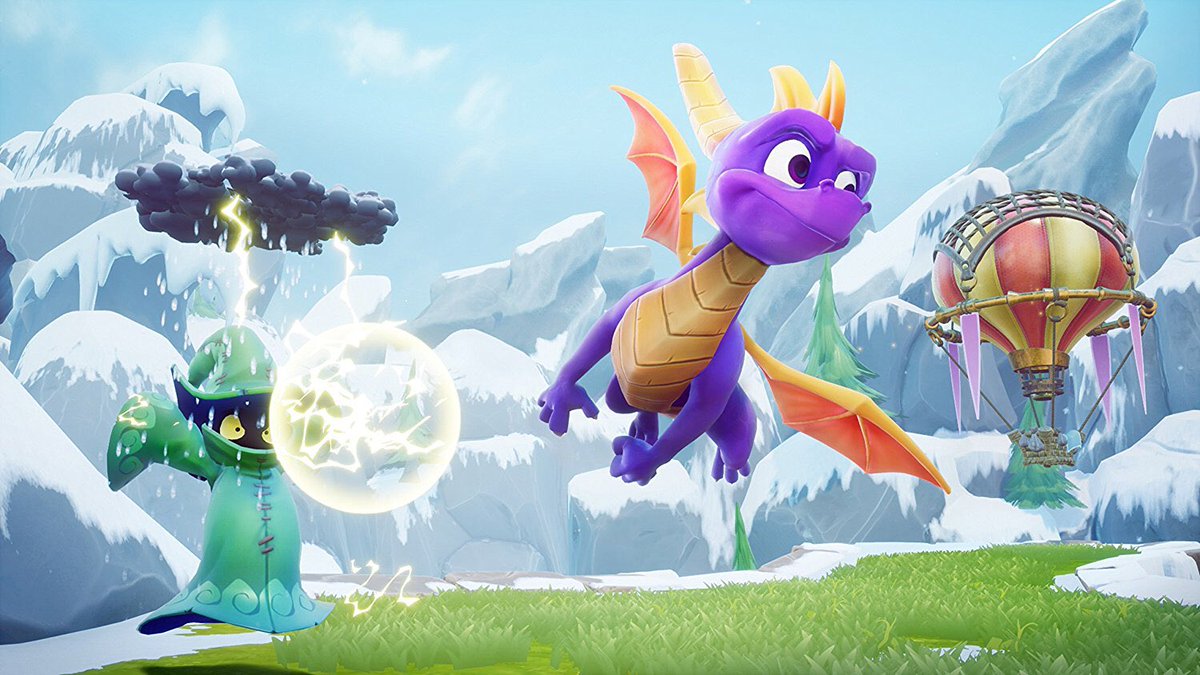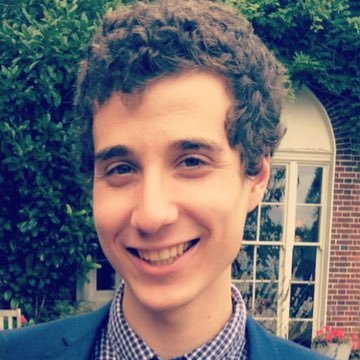It's 2020 and I'm still playing Dying Light, as are thousands of others: Here's why you should be too
The unexpected staying power of an open world zombie game from 2015
It’s 8.03pm and I’m existentially scrolling through the PS4 dashboard, spending more time figuring out what I want to play instead of actually playing anything at all (otherwise known as Netflix Syndrome). I could finally make a start on Detroit: Become Human? No, I don’t have the emotional fortitude to withstand David Cage’s preachy histrionics right now. How about another match of Fortnite Battle Royale, that old and familiar friend? Better not. Considering the amount of hours I’ve already pumped into that game, I can only justify jumping off the battle bus for the millionth time if I’m playing with actual pals (“It’s a social gathering” I tell myself).
The right thumb scrolls over a few more undesirable tiles before finally discovering a target worthy of the effort needed to hit that big X button. Unlike so many other games that have come and gone from my PS4’s hard drive, Dying Light has made a permanent home for itself on the digital shores of its memory banks, and for good reason.
I’ve played and completed Dying Light’s campaign four times; twice with friends in the excellent co-op mode, and twice alone. Beyond that, I’ve finished its two story expansions, frequently enjoyed Techland’s steady stream of updates, or just intermittently hopped on now and again to blithely mess around in Harran, parkouring and head-bashing to my heart’s content, or invading other players’ worlds to scare them silly as a super-powered zombie. I thought this slightly odd obsession was just my own personal, guilty pleasure, but it turns out I’m not the only one who keeps coming back to Dying Light.
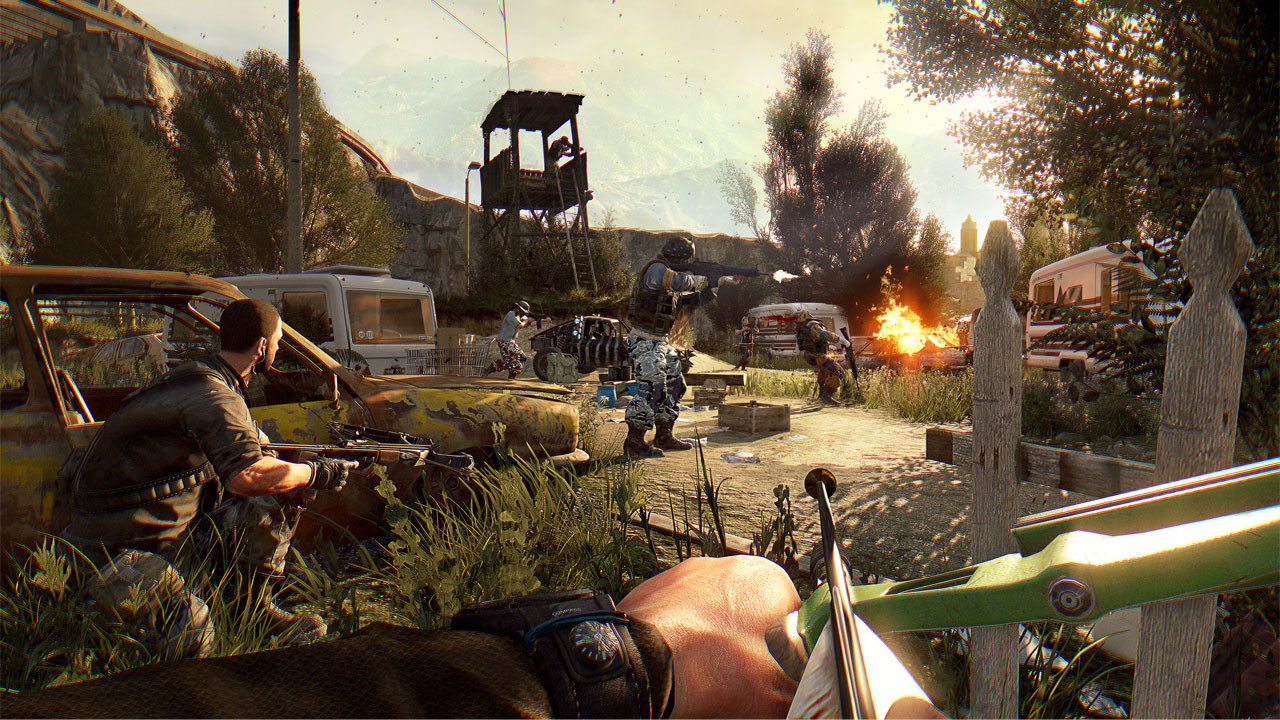
Three and a half years on from launch, Dying Light still sits comfortably in Steam’s 100 most popular titles (as measured by current player count). Not bad for a largely single player zombie game which came out at the beginning of 2015. Dying Light’s Reddit page is similarly populated by a community stuck in a perpetual loop of collectively fawning over Techland’s spiritual successor to Dead Island.
One fan recently posted a screenshot showing off a total playtime of over 3000 hours. Another describes how the game inspired them to take up professional parkour as a full time hobby. Several posts compare Harran to real life photos of Turkey, showing precisely how well Techland has translated its Byzantine muse into a virtual sandbox. New players asking for help with some of Dying Light’s deeper mechanics and controls are frequently met with several eager and richly detailed answers from zombie-slaying veterans. It’s kind of amazing.
But why? Why are so many people still playing Dying Light to this day, especially compared to all the other new games that release, peak, and fall out of the spotlight within the space of a few months? The obvious answer requires looking no further than the quality of the game itself. Dying Light’s not just a unique and expertly crafted action adventure, it’s one of the best games of the generation, and one that has only improved over time.
Undying love
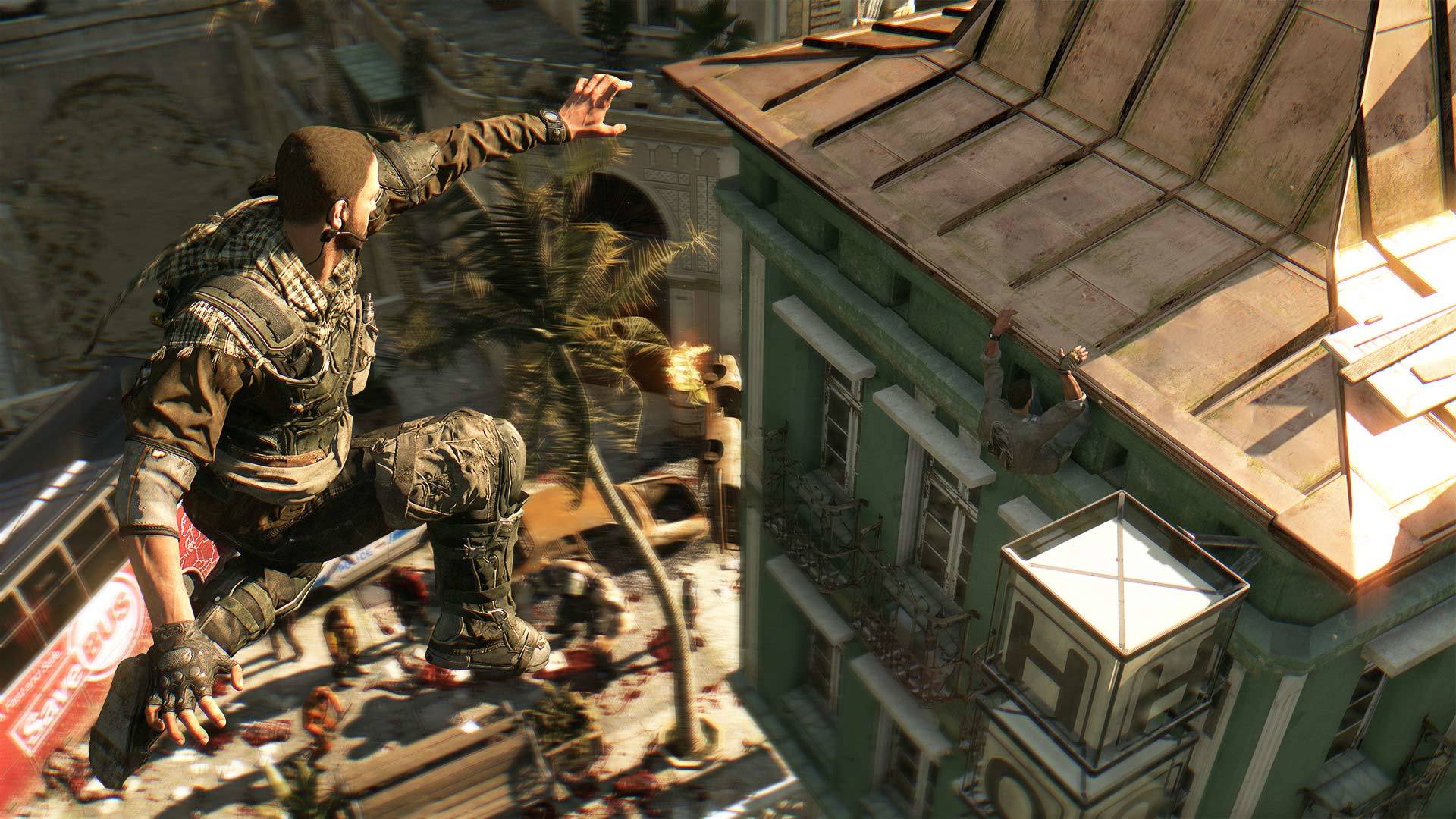
Setting a big budget open world title in the Middle East (Harran is implied to be located in Turkey) was always going to be an ambitious but welcome change over the typically Western locales of similar games, but Techland make it look easy, capturing a distinct, local vibe that adds new tonal layers of horror and dread to the zombie genre.
Weekly digests, tales from the communities you love, and more
It’s the little things; like the debris and dust that often floats past your character’s field of view, or the fact that you can explore so many buildings that other games might lock you out of, which together manage to do something enamouring with a typically tiresome colour palette of browns and yellows. I’m never not impressed by the way my character begins to uneasily swing when balancing at great heights, or the tactility of his hand animations during almost any interaction with the world, but Dying Light’s detailed production value is just one side to its success story as a lasting product.
Looking good is one thing, but it’s the way Dying Light plays at a granular level which makes the experience so addictive - and keeps it so fresh - at its core. The free-flowing momentum of parkour has never been captured this well in a video game before, but Techland also makes sure that Dying Light never lets you put the freerunning on auto-pilot, Assassin’s Creed style. You need to look where you’re going, plan every step, and think (quite literally) on your feet, with the zombies being merely another hazard adding yet more tension to all the tightrope walking.
That sense of physicality extends to the combat too, which combines RPG-lite looting and crafting with hard and fast melee mechanics to create something that’s both challenging and endlessly satiating in equal measure. I rarely, if ever, use a firearm in Dying Light, despite them inevitably being the more effective option in combat, simply because it feels so good to witness every ensanguined slash and bone-shattering crunch of the hand to hand fisticuffs.
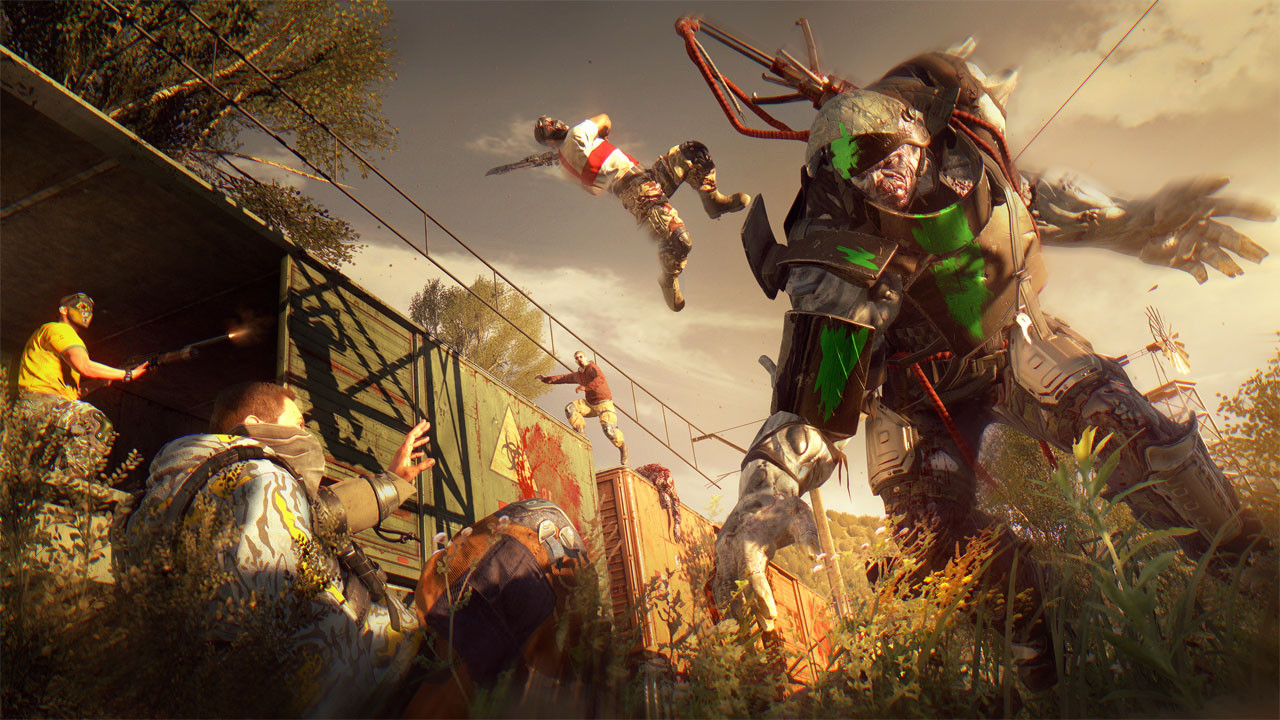
And, best of all, I’m still getting scared silly by Dying Light. The eldritch, superhuman Volatiles which arise from their slumber every evening are great at making mince meat of your self-confidence, however long you’ve played, as their equally adept free-running skills means you’re no longer able to seek sanctuary atop Harran’s city skyline.
"Dying Light’s not just a unique and expertly crafted action adventure, it’s one of the best games of the generation."
Playing in Nightmare Mode only ratchets up the survival horror intensity, too, with even the most basic shufflers posing a threat to your character, and all the earned experience points they’re carrying with them. No, it’s not exactly crap-your-pants levels of fear, but when you accidentally crash through a corrugated iron rooftop, and the runners scramble out of their manholes to swarm you in hordes, it’s hard to deny that Techland knows exactly how to wring horror out of the undead.
True to its word, Techland has also stayed committed to curating Dying Light to a degree that few other developers can claim to match, with the kind of customer-first dedication that brings to mind equally attentive studios like CD Projekt Red or Blizzard Entertainment. To be held up in the same league as developers like those is no small feat but, by my estimations, Techland is right up there when it comes to post-launch support.
Life after death
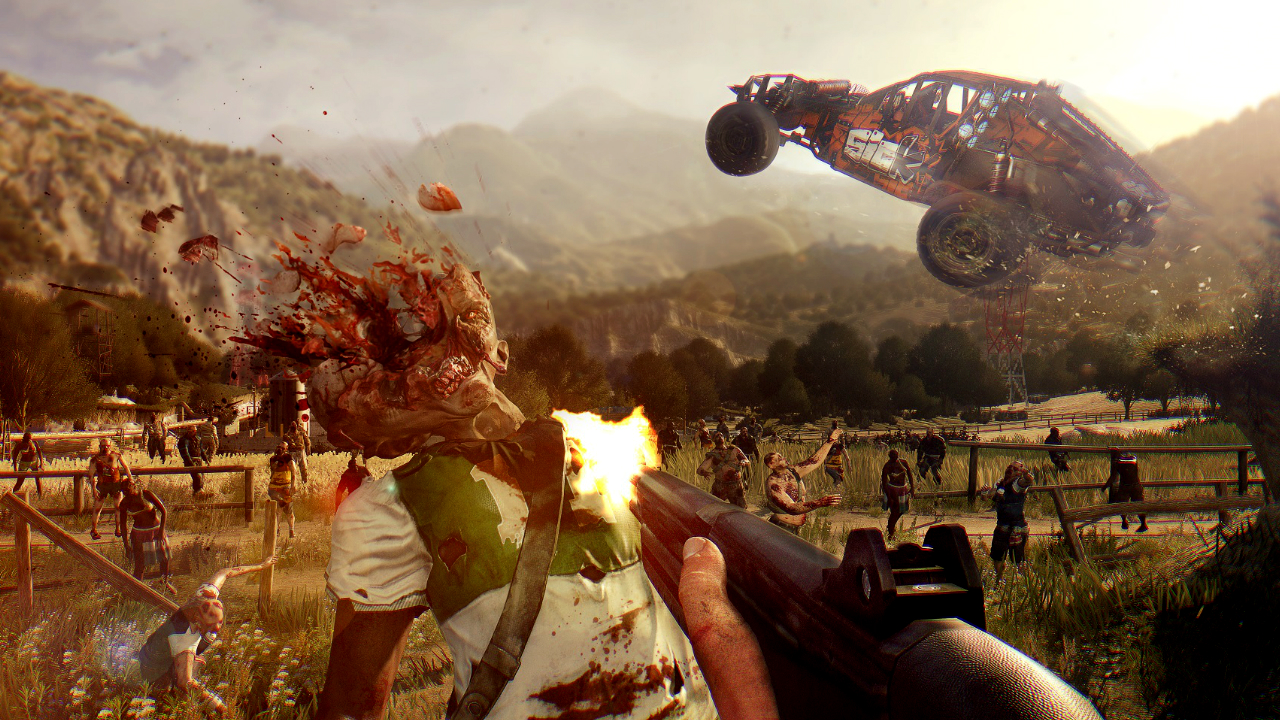
Recently, for example, the studio celebrated hitting its 10in12 milestone, which added 10 pieces of free, mini-DLC to Dying Light over the course of the last 12 months. This is on top of all the other bits of bitesize content that had been added to the game before then, including a bunch of hotfixes, that aforementioned Nightmare difficulty mode, and the addition of community maps on console. This is on top of the excellent Bozak Horde and The Following story expansions, which brought new play areas and enriched the world with more things to see and do.
All of this, by the way, can be picked up for an incredibly affordable price with Dying Light: Enhanced Edition, which basically wraps up everything into one GOTY-sized package. Yes, there’s always going to be something inherently satisfying about drop kicking a zombie into a spike trap, but Techland’s content care packages have been that extra little nudge that was needed to get me back into Dying Light on a recurring basis.
Rumour has it that a Dying Light sequel could be one of this year's surprise E3 2018 games, and I wouldn’t be surprised to see Techland announcing such a follow-up now that Bad Blood, its Battle Royale inspired PvP spin-off, is gearing up for launch. Even if Dying Light 2 doesn’t turn out to be a thing this year (*update* it is!), I’m still perfectly happy with the original for the time being, which continues to surprise and impress me, long after I thought I’d the zombie apocalypse could no longer achieve any such thing.
See what we think are the best zombie games of all time, and find out where Dying Light ends up in the ranking.
I'm GamesRadar's Features Writer, which makes me responsible for gracing the internet with as many of my words as possible, including reviews, previews, interviews, and more. Lucky internet!
